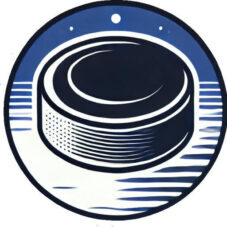Understanding the differences between ice hockey and ice skates is essential for anyone interested in ice sports. While both activities involve gliding across ice, the equipment and objectives differ significantly. Regular Ice Skates vs. Hockey Skates When discussing regular ice skates, it’s the first point …
How Ice Hockey and Regular Ice Skates Differ

